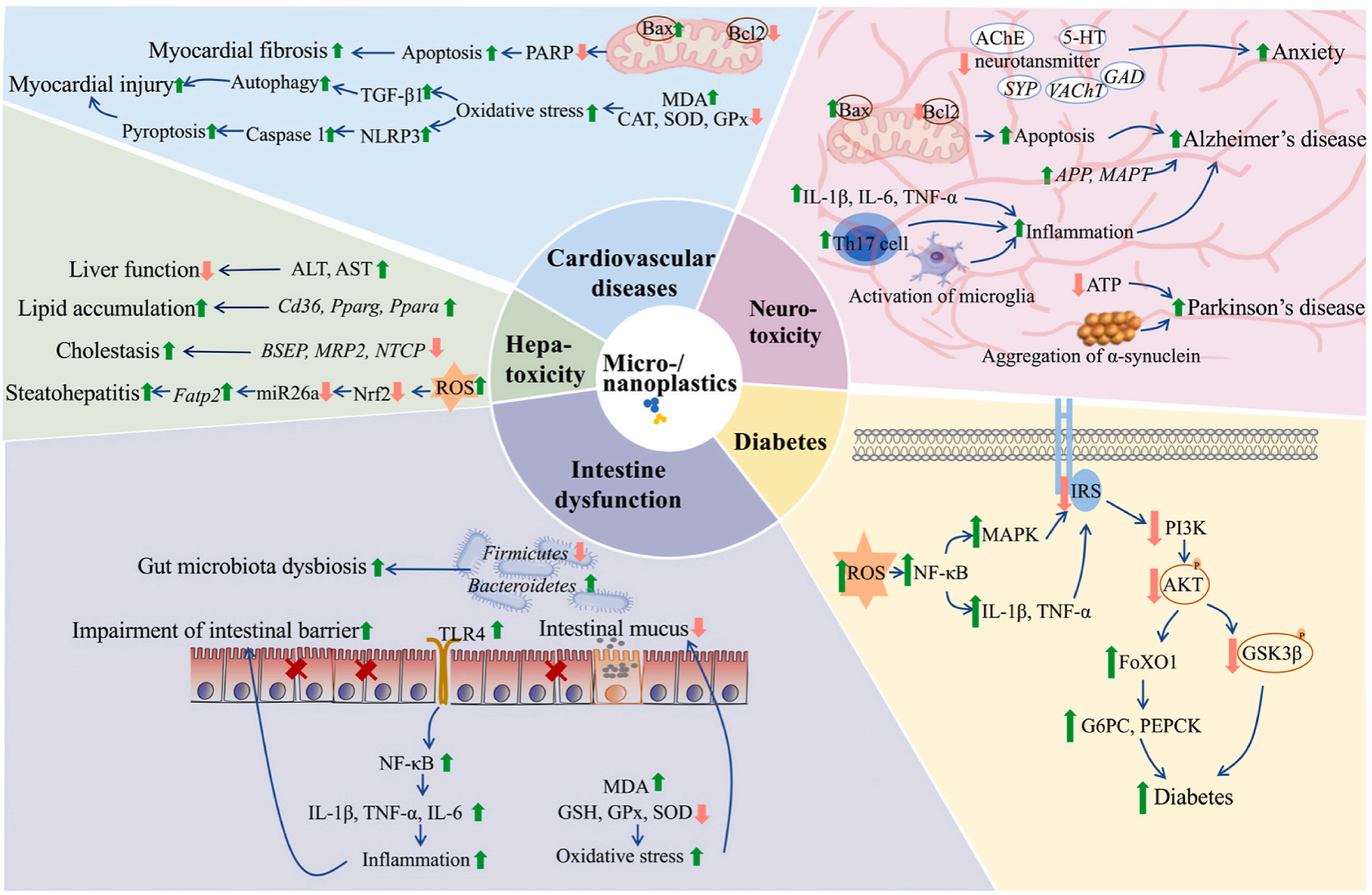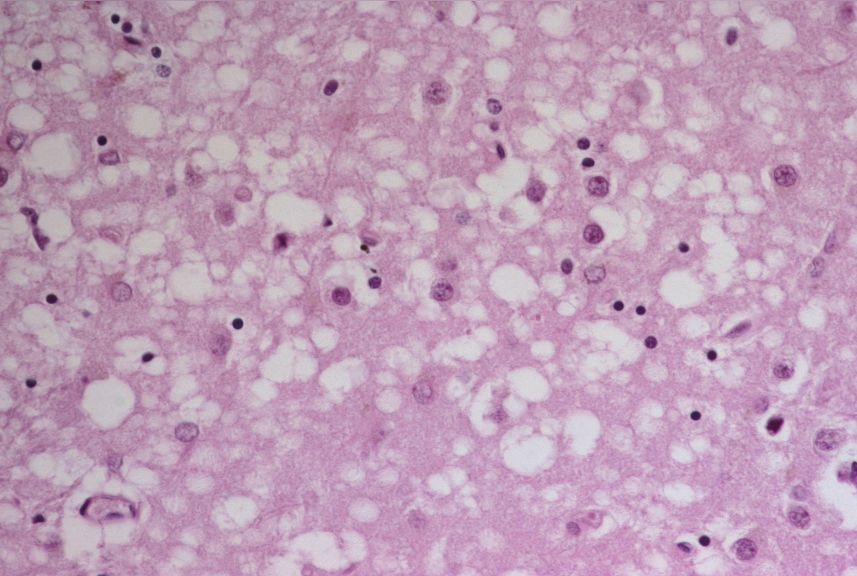2025-06-07 中山大学(SYSU)

The harmful effects of microplastics and nanoplastics
<関連情報>
- https://www.sysu.edu.cn/sysuen/info/1012/56691.htm
- https://www.sciencedirect.com/science/article/abs/pii/S092422442400517X
マイクロ・ナノプラスチックの人体への潜在的有害影響と食餌性天然物の保護作用 Potentially harmful effects of micro-/nanoplastics on humans as well as protective actions of dietary natural products
Jin Cheng, Jiahui Li, Ruo-Gu Xiong, Dan-Dan Zhou, Si-Yu Huang, Si-Xia Wu, Ao Shang, Guo-Yi Tang, Hua-Bin Li, Ren-You Gan
Trends in Food Science & Technology Available online: 11 December 2024
DOI:https://doi.org/10.1016/j.tifs.2024.104841
Highlights
- Humans are inevitably exposed to micro-/nanoplastics via food, water and other ways.
- Microplastics and nanoplastics are found in organs of humans, e.g., heart.
- Microplastics and nanoplastics have many potentially harmful effects on humans.
- Some dietary natural products protect against their toxicities.
Abstract
Background
Microplastics and nanoplastics are hot research topics in many fields (e.g., food science, nutrition, environment, ecology and toxicology). They have potentially harmful effects on humans, such as neurotoxicity, carcinogenicity and reproductive toxicity. Humans are exposed to microplastics and nanoplastics through food, drinking water and air. Thus, it is necessary to discover dietary natural products that can protect against these harmful effects caused by microplastics and nanoplastics.
Scope and approach
This review summarizes potentially harmful effects and underlying mechanisms of microplastics and nanoplastics on humans, according to high-quality literature from Web of Science and PubMed databases. Furthermore, dietary natural products that can protect humans against these harmful effects are also summarized and discussed.
Key findings and conclusions
Microplastics and nanoplastics have been detected in many organs of humans, such as the colon, placenta, and heart. Epidemiological studies indicate that microplastics are positively associated with colorectal cancer, myocardial infarction, stroke, and even death. Experimental studies demonstrate that microplastics and nanoplastics have carcinogenicity, neurotoxicity, reproductive toxicity, development toxicity, hepatoxicity, as well as nephrotoxicity, and can induce intestinal dysfunction, diabetes, obesity and cardiovascular diseases. On the other hand, some dietary natural products, such as probiotics, chrysoeriol, salidroside, resveratrol, herbacetin, melatonin, quercetin, and vitamin D, can ameliorate toxicities induced by microplastics and nanoplastics. In the future, priorities should be implemented to discover more dietary natural products that can protect humans from the toxicities of microplastics and nanoplastics. Overall, we hope that this review can attract more attention to the harmful effects of microplastics and nanoplastics and also highlight the potential protective actions of dietary natural products against them.


